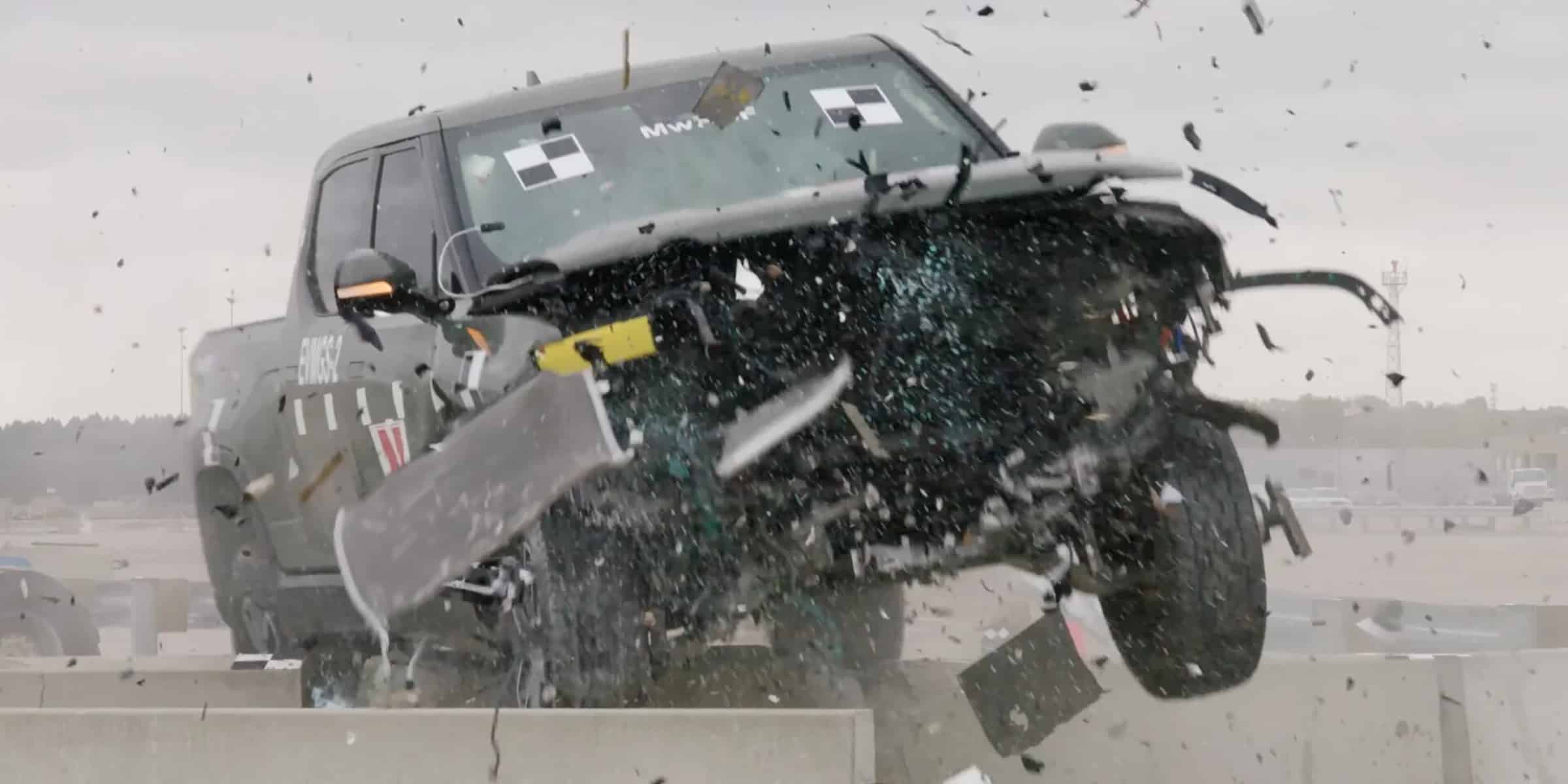Vehicles’ Weight Puts National Guardrail System at Risk: Crash Test Research Reveals Alarming Results
February 13, 2024 | Article by Chain | Cohn | Clark staff | News & Media Social Share

Recent crash tests have raised concerns about the ability of the United States’ guardrail system to withstand impacts from heavy vehicles, especially growing-in-popularity electric vehicles.
Concerns were raised about the effectiveness of the nation’s roadside safety system following preliminary tests conducted by the University of Nebraska safety research facility and the U.S. Army Corps of Engineers showed a 4-ton electric pickup was crashed into a conventional guardrail at 60 mph, and the guardrail did little to slow it down.
Electric vehicles typically weigh 20% to 50% more than their gasoline-powered counterparts, largely due to their heavy batteries. This extra weight, combined with a lower center of gravity, means that steel highway guardrails, which are not designed to handle such force, can be easily breached by these vehicles. Safety officials say the guardrail system was not designed to handle vehicles weighing more than 5,000 pounds.
Ford’s F-150 Lightning EV pickup is 2,000 to 3,000 pounds heavier than the same model’s combustion version. The Mustang Mach E electric SUV and the Volvo XC40 EV are roughly 33% heavier than their gasoline counterparts.
This issue traces back to the 1990s when the guardrail system was redesigned to accommodate the increasing number of SUVs and pickups, which were heavier than the vehicles the system was initially designed to handle. Last year, the National Transportation Safety Board expressed concern about the safety risks posed by heavy electric vehicles, particularly in collisions with lighter vehicles.
The guardrail system that was tested features a 12-gauge corrugated steel guardrail attached to 6-inch-deep steel posts, anchored to the rail with blockouts 8- to 12-inches thick. The top of the rail is 31 inches above the road.
Further testing, including computer simulations and additional crash tests with more electric vehicles, is planned to determine the extent of the issue. Transportation, defense experts, and researchers will collaborate to determine next steps to accommodate the anticipated changes in America’s vehicle fleet.
“Today’s challenge is to again adapt roadside barriers to match the mix of heavier electric vehicles, lighter gasoline vehicles, taller SUVs and pickups, and smaller cars,” University of Nebraska safety officials and researchers said in a statement. “Fulfilling the challenge requires collaboration with diverse backgrounds in defense, transportation, design and crash safety.”
Thousands of fatalities result each year from more than 100,000 run-off-road crashes involving traffic infrastructure such as roadside barriers. Currently, about 10% of all new vehicles sold are electric vehicles, and more than 50% of vehicles on the road are pickups and SUVs.
Little research has been done on the safety risks of increasing vehicle weights. In 2011, the National Bureau of Economic Research published a paper that said being hit by a vehicle with an added 1,000 pounds increases by 47% the probability of being killed in a crash. Further, electric vehicles have very high horsepower ratings, allowing them to accelerate quickly even in crowded urban areas.
———
If you or someone you know is injured in an accident at the fault of someone else, or injured on the job no matter whose fault it is, contact the attorneys at Chain | Cohn | Clark by calling (661) 323-4000, or fill out a free consultation form, text, or chat with us at chainlaw.com.
